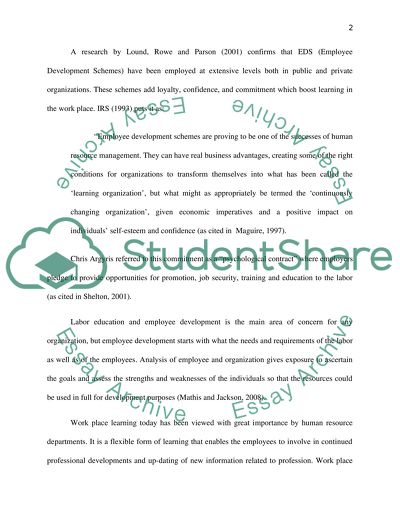Cite this document
(“Labour education and extensive employee development Essay”, n.d.)
Labour education and extensive employee development Essay. Retrieved from https://studentshare.org/miscellaneous/1591679-labour-education-and-extensive-employee-development
Labour education and extensive employee development Essay. Retrieved from https://studentshare.org/miscellaneous/1591679-labour-education-and-extensive-employee-development
(Labour Education and Extensive Employee Development Essay)
Labour Education and Extensive Employee Development Essay. https://studentshare.org/miscellaneous/1591679-labour-education-and-extensive-employee-development.
Labour Education and Extensive Employee Development Essay. https://studentshare.org/miscellaneous/1591679-labour-education-and-extensive-employee-development.
“Labour Education and Extensive Employee Development Essay”, n.d. https://studentshare.org/miscellaneous/1591679-labour-education-and-extensive-employee-development.


